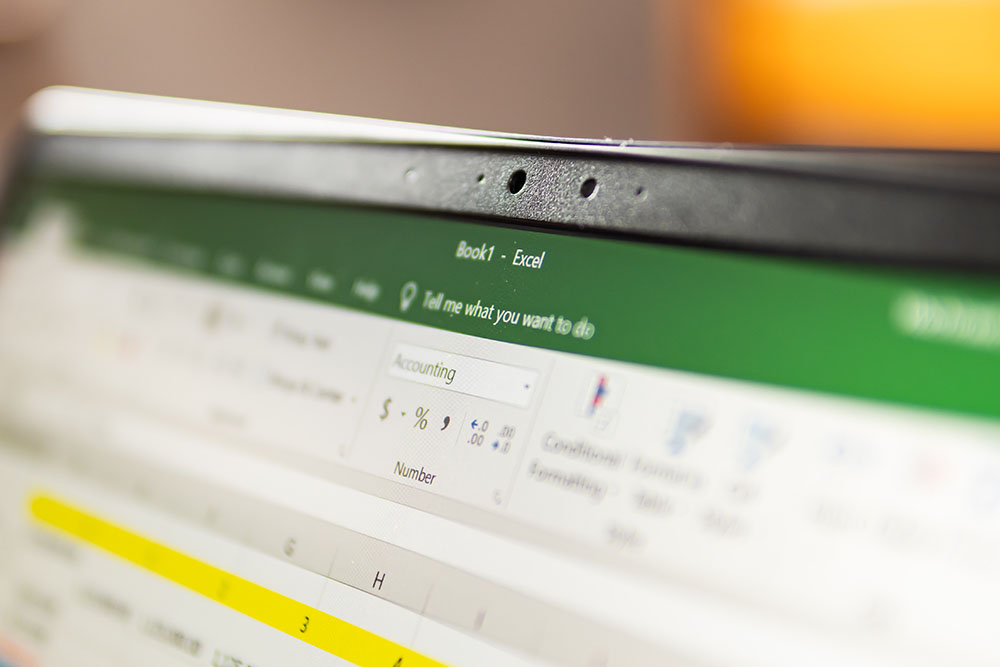Office life as we know it has drastically changed this past year. With the spread of COVID and a sudden, en masse shift to remote work, many employees scrambled to set up offices at home. Aside from the obvious task of finding an area for your workspace, there was also a social shift in finishing projects, ending the workday on time, and communicating with coworkers.
Many employees find it challenging to balance work and home life, not to mention parents homeschooling children, and sacrifice time on either side of the fence. We lost casual conversations with coworkers, taking a break to stretch your legs and catch up with office friends, and even correspondences through work applications. Balancing work tasks with home life, communicating, and taking breaks are now so hard to manage that many people forget to stop working past the end of a normal workday in order to catch up. Here are some helpful tips and reminders to organize your work life, organize your schedule, and find time to reconnect with coworkers.
Scheduling
Working from home can cause a blurring of your personal life and work obligations. It can be hard to differentiate where one should leave off and the other begin. You might see coworkers online working on tasks several hours after they usually would leave the office. If you find yourself losing productive work hours during the day due to personal activities, then block off time in your schedule for these tasks. Doing this makes keeping track of time owed easier and can help you schedule an alert to stop working once you have met your requirement to your office.
Speaking of stopping time, many people do not take consistent breaks anymore. Schedule your breaks, or if you have trouble doing this, consider forming small groups and scheduling shorter break meetings. Think of these meetings as the impromptu conversations you normally would have when in the office. Include informal topics such as stress-relievers, resources, and positive updates. Fifteen-minute small group chats a few times a week can provide a little bonding and camaraderie to keep your team relationships healthy. You can even schedule a few of these near the end of a workday, as a way of closing the day out and saying “goodbye.”
Communication
One of the most vital aspects of working in an office is seeing our coworkers. The value of face-to-face interactions cannot be understated.
Supplement not seeing coworkers in person with seeing them online. Make one meeting a week a “face-to-face” team gathering with webcams on; remember, not everyone is excited about being on camera, so limit these to once a week. Create a formal atmosphere for these meetings by inviting a guest from another department to speak briefly. This will not only remind everyone about the people on the other side of your screens but also allow your department to keep relations friendly with coworkers outside of your area.
Most of those meetings will happen in Teams or another collaborative platform. However, there are other means of communication you can use to stay in touch. Utilize the programs at your disposal and remember the response time you expect when communicating with coworkers.
A phone call elicits an immediate response and should be reserved when information is required right away, there is an emergency, or you are joining a group meeting. Using instant messaging programs like Teams are akin to an informal stop-by conversation, or talking over your cubicle wall to a coworker, and responses can be delayed up to a few minutes. Use Outlook and email to communicate information important to large groups, details and responses which need to be tracked on a larger scale, or for answers that are not required immediately.
To explore this idea more, my colleague Patrick Day wrote an article about communication and project success outcomes.
Providing feedback
Send any good ideas improving working remotely, relieving stress, resources, or updates to share company-wide to HR. Have departments send their feedback to a manager, who will in turn send it to HR. Doing this will help your company keep a list of encouraging news available to everyone while preventing your HR representatives from being inundated with dozens or hundreds of new notifications. A bulletin board or Microsoft Team channel can convey all the pooled information together, so it is easily accessible to everyone in your company.
Working from home lends a feeling of isolation, as you are physically distanced from your coworkers. Just because you are working at home does not mean you are working alone. Remember to reach out to people using the right application depending upon the response time you expect. Hold a meeting once a week where everyone turns on their webcams, to remind you of the people on the other side of your screens. Schedule breaks and reminders to help balance home life with work obligations. And finally, set a reminder to clock out before it gets too late. Once your work is done for the day, close that laptop and reconnect with your household. Just because your office is in your home does not mean that your home is your office.



